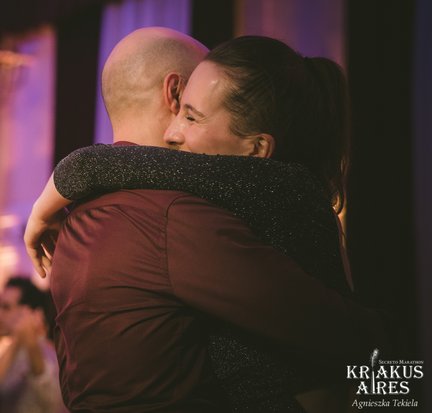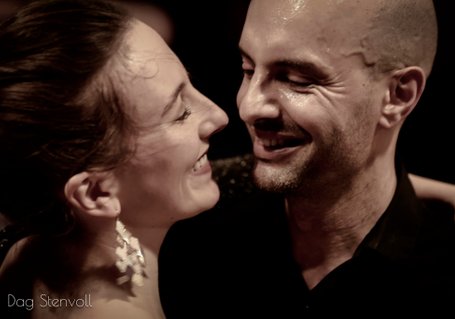Tango classes taught by Alain and Lune
What is the teaching method in our classes?
The tango taught by Alain and Lune is traditional tango. This means that we teach a universal language of two-person improvisation so that you can dance anywhere in the world, with any type of dancer who dances traditional tango like you.
Tango has had and still has various movements such as canyengue, orillero, fantasy, nuevo, alternative tango also called neotango, escenario tango, etc. However, all these forms of tango revolve around traditional tango. Canyengue, orillero, and fantasy have nourished it, they are its source and origins. Nuevo tango, more elastic and with a more open abrazo than traditional tango, was born in the 2000s between Buenos Aires and Paris and is a continuity and modern variant allowing for more ample movements. Escenario tango (stage tango) is the only type of choreographed tango and is also the most represented tango in the collective imagination (carries, spectacular leg lifts...). It was born in the 1970s and is inspired by other dances such as modern jazz dance, classical dance, contemporary dance, etc. Since it involves choreography with only one partner and is more geared towards high-level athletes than ballroom dancers, it is not a tango that we teach in our classes.
We are not interested in teaching our students a list of convoluted steps, nor in turning them into seasoned technicians. While technique is of course fundamental to connection, it is not the only component of a good dancer. That is why our pedagogy focuses on three axes: technique, musicality, and emotion. Technique deciphers the movement composed of guidance and reception in the most harmonious way possible. Musicality adapts this technique to the music and transforms the dance according to each orchestra. Emotion, on the other hand, gives substance to the dance, offers it a purpose and is conveyed through the abrazo. It includes technique and musicality, taking into account the inner world of both dancers, what they are feeling, and what the music makes them feel in order to adapt and tailor the movements performed. These three pillars are interdependent and fundamental, in our opinion, in the learning of tango.



